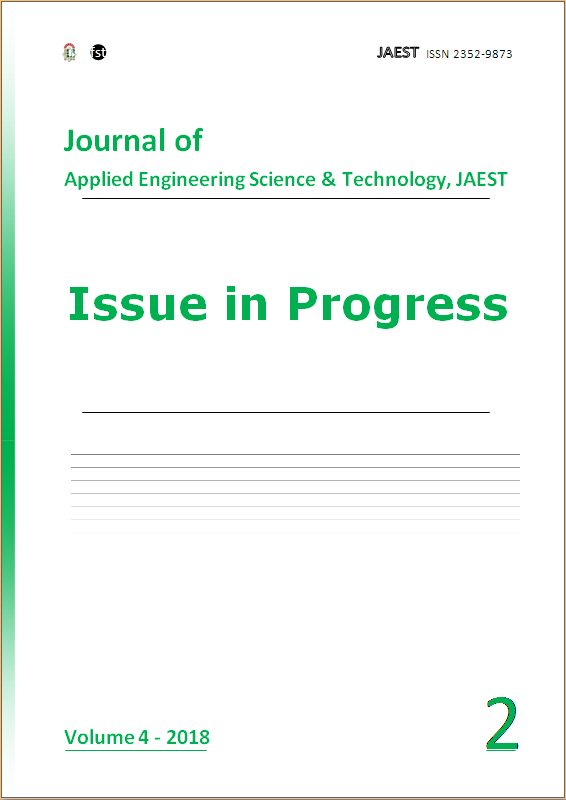Effect of the eccentric load on the bearing capacity of a strip footing founded on sand
Abstract
The finite differences FLAC 2D software which allows to model all soil-structure interactions regardless of the difficulty of the problems is used to determine the bearing capacity and stress distribution under a rigid strip footing submitted to vertical centered and eccentric loads. The footing is set on a free surface of sand with no surcharge applied. The soil is assumed to be elastic – perfectly plastic following the Mohr–Coulomb failure criterion. The results of the present study show that the conception proposed by Meyerhof tends to underestimate the bearing capacity, especially for large eccentricities. The study proposes an expression of the effective width that gives reasonable bearing capacity values, even for large eccentricities.
J. Appl. Eng. Sci. Technol. (JAEST - ISSN 2352-9873) is a peer-reviewed quarterly journal dedicated to the applied engineering sciences and technology. The JAEST provides immediate open access to its content on the principle that making research freely available to the public supports a greater global exchange of knowledge.
There is no submission or publication fee for papers published in the JAEST.
Authors who publish in the JAEST agree to the following terms:
- Authors retain copyright and grant the journal right of first publication with the work simultaneously licensed under a Creative Commons Attribution License that allows others to share the work with an acknowledgement of the work's authorship and initial publication in the JAEST.
- Authors are able to enter into separate, additional contractual arrangements for the non-exclusive distribution of the journal's published version of the work (e.g., post it to an institutional repository or publish it in a book), with an acknowledgement of its initial publication in the JAEST.
- Authors are permitted to post their work online (e.g., in institutional repositories or on their website) prior to and during the submission process, as it can lead to productive exchanges, as well as earlier and greater citation of published work (See The Effect of Open Access). Any such posting made before acceptance and publication of the Work shall be updated upon publication to include a reference to the JAEST and a link to the online abstract for the final published Work in the Journal.






